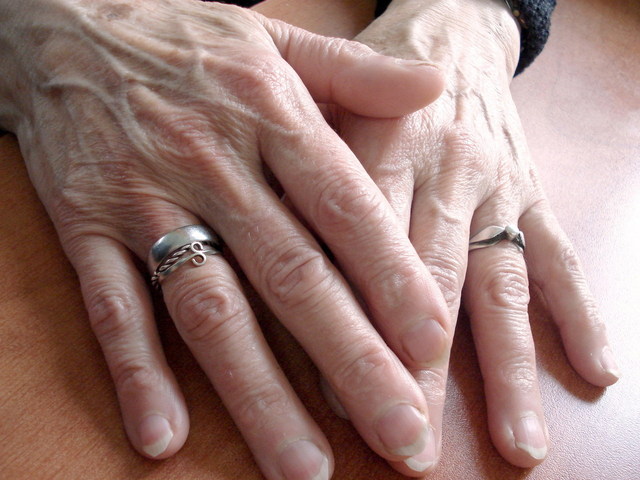Arthritis
 To put it in the simplest terms, arthritis is a condition that results in the chronic inflammation of one or more joints. While arthritis can affect any joint in the body, the joints of the hand are some of the most likely to experience this condition. Along with chronic inflammation, many forms of arthritis are often accompanied by pain, swelling, and reduced mobility in the affected joint.
To put it in the simplest terms, arthritis is a condition that results in the chronic inflammation of one or more joints. While arthritis can affect any joint in the body, the joints of the hand are some of the most likely to experience this condition. Along with chronic inflammation, many forms of arthritis are often accompanied by pain, swelling, and reduced mobility in the affected joint.
While there are many different types of arthritis, the most common forms that affect the hands are osteoarthritis and rheumatoid arthritis.
With osteoarthritis, you have a progressive condition that causes the cartilage of the joint to wear away over time. This is why osteoarthritis is commonly referred to as “wear and tear arthritis.” The joints of the hand that most commonly suffer from osteoarthritis are the base of the thumb, the middle joints of the fingers, and the end joints of the fingers. Osteoarthritis is very common among those above the age of sixty. Also, if any joints have suffered an injury over the years, they are more likely to experience the effects of arthritis.
For rheumatoid arthritis, the issue is the result of an autoimmune disorder. The individual’s immune system – which is supposed to fight disease – mistakenly attacks the cells that line the joints, which causes the pain and inflammation of the condition. Generally, those who suffer from rheumatoid arthritis will experience the symptoms periodically in what is known as flare-ups. Over time, these bouts of pain and swelling can cause permanent damage to the joint, so it is important to get the condition diagnosed as soon as possible. While there is no cure, treatment can lessen the frequency and intensity of the flare-ups and reduce the possibility of permanent damage to the joints.
Image courtesy of Gratsiela Toneva at FreeDigitalPhotos.net

